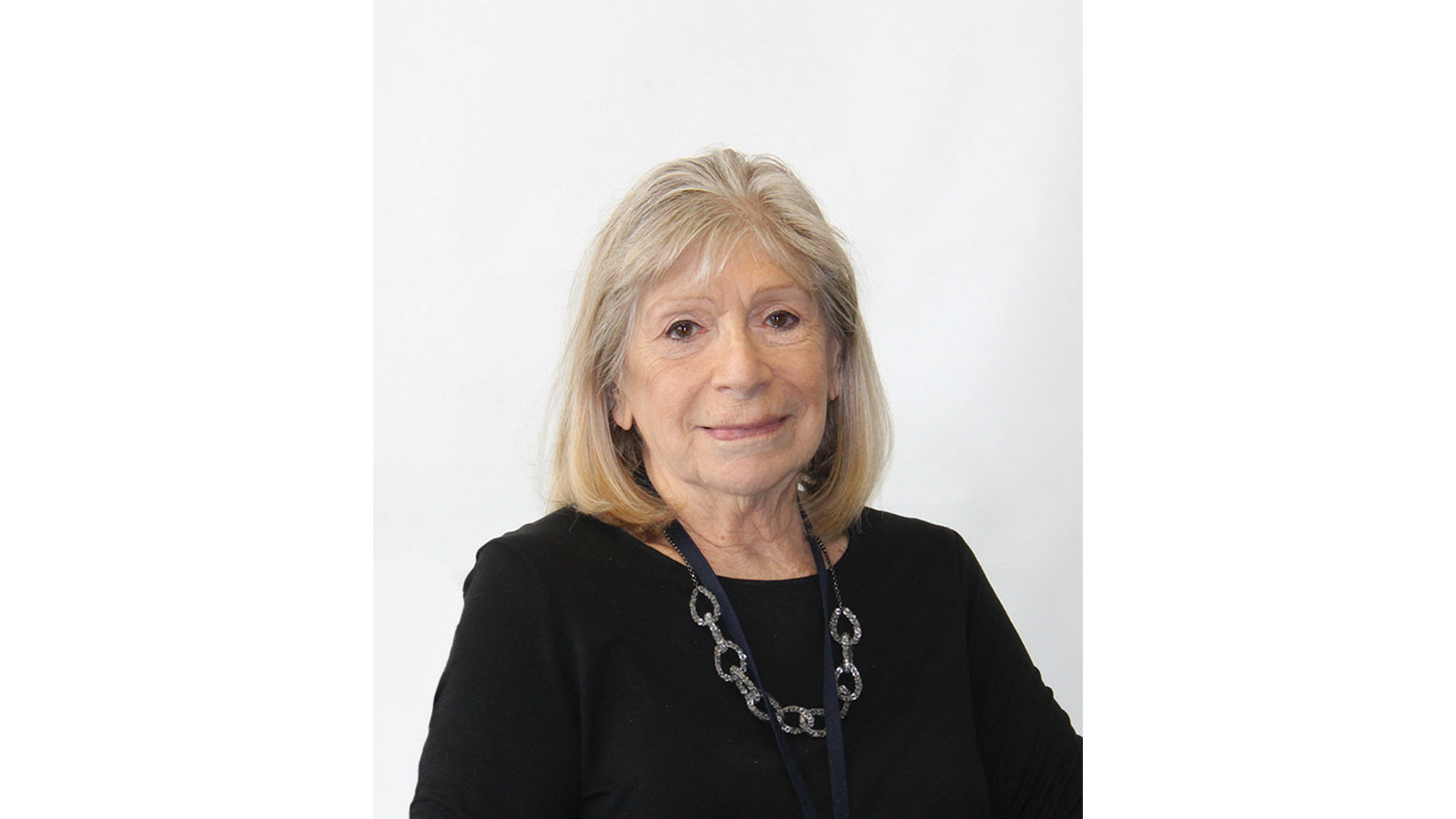In celebration of NOAA’s Atlantic Oceanographic and Meteorological Laboratory’s 50th Anniversary and Women’s History Month, we sat down with Dr. Silvia Garzoli, a retired NOAA/AOML scientist, to speak about her time with NOAA and what Women’s History Month means to her.
Dr. Silvia Garzoli began her federal career with NOAA in 1996 after requesting a leave of absence from Columbia University, where she held the position of Senior Scientist. What started as a chance to explore an opportunity at AOML turned into a successful career as a NOAA oceanographer. Working with the Physical Oceanography Division, her research focused on the physics of the ocean and its relation to climate.
In 1998, Silvia became the director of AOML’s Physical Oceanography Division, a position she held for 12 years before becoming AOML’s Chief Scientist in 2009. As Chief Scientist, she worked closely with the AOML director to advance research on climate-related issues. Silvia retired in December 2012 after 16 years of federal service, but continued her research activities at AOML through the University of Miami’s Cooperative Institute for Marine and Atmospheric Studies until the pandemic began in 2020.
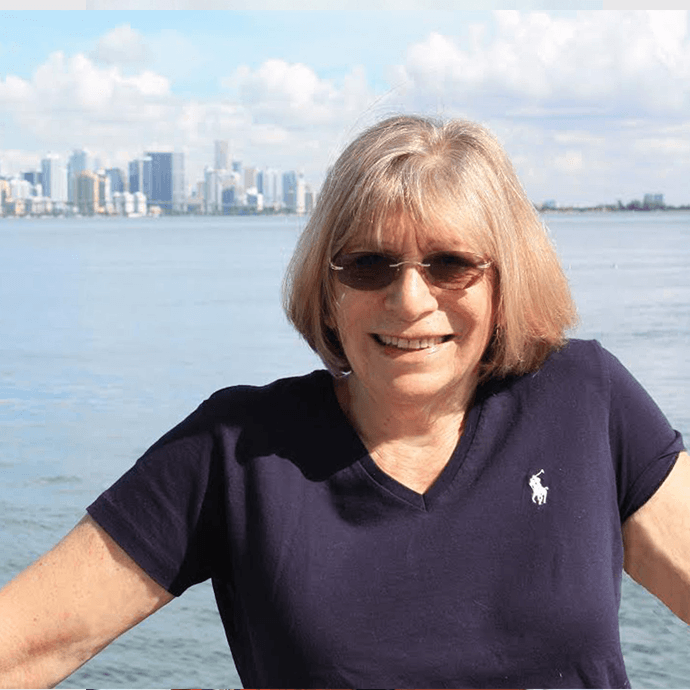
While at AOML, she conducted and directed national and international research programs in several regions of the world ocean, including the tropical Atlantic, the Brazil Malvinas Confluence in the southwestern Atlantic, the Indonesian throughflow in the Makassar Strait, the Benguela Current system south of South Africa, and the North Brazil Current north of Brazil.
Silvia was a physicist by training, having obtained a Doctorate in Physics. However, due to certain life circumstances, and with the influence of the great French professor Henry Lacombe, Silvia later became a physical oceanographer in the 1970s.
“I loved the journey of thinking of a problem, posing a scientific question, designing an experiment to answer it, looking for appropriate partnerships, both domestic and international, obtaining funding to carry on the project, going out at sea to collect data, analyzing it, and publishing the results,” said Silvia.
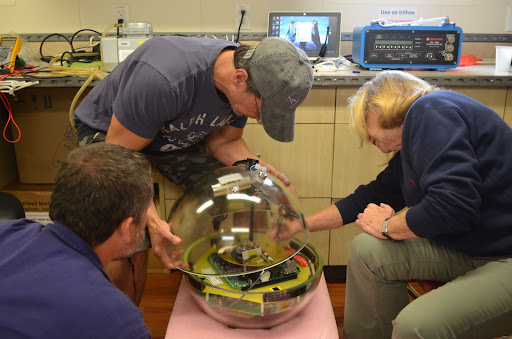
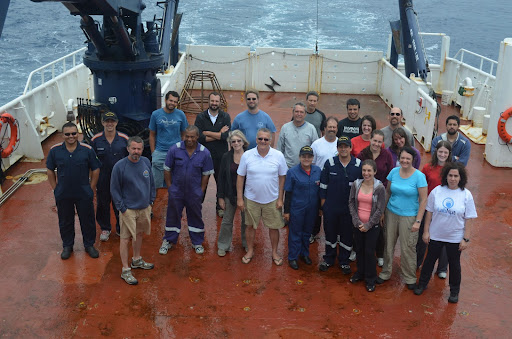
Dr. Garzoli’s last cruise aboard the Brazilian R/V Alfa Crusis in December 2012. This cruise was in support of the SAMOC Initiative.
Silvia enjoyed going to sea despite the challenges that came with fieldwork for women in that era. At the beginning of her career, women were a rarity in the field and sometimes not allowed on board research vessels at all. In fact, when Silvia came to the US in July 1980, she was one of only four women in the field in the entire country.
One of Silvia’s greatest achievements was her role in the development of the concept of an integrated ocean observing system. Her determination and persistence led to the collection of observations in the South Atlantic Ocean. Silvia always believed that studying the South Atlantic Ocean was crucial to understanding the entirety of the ocean’s circulation. However, due to the cost of field work, distance of the South Atlantic from the US, and a lack of wealth in the areas surrounding the South Atlantic, ocean observations were obtained primarily in the North Atlantic Ocean until the early 2000s.
In October 1999 at an Ocean Sciences meeting in San Rafael, France, Silvia expressed the need to study the South Atlantic to better understand the role of the ocean in climate as a whole. Her proposal was rejected.
Eight years later in 2007, she started the South Atlantic Meridional Overturning Circulation (SAMOC) Initiative. The SAMOC Initiative is a group of international scientists dedicated to both advancing our understanding of the role of the South Atlantic Ocean and the establishment of an observing system to capture key components of its circulation. This initiative has been extremely successful and is still ongoing. In addition to striving towards the scientific goals of the initiative, SAMOC has also served as a platform for the empowerment of women in science. For example, of the papers listed on the SAMOC webpage by the SAMOC community from 2007 to 2021, 50% of the more than 100 peer review scientific publications were led by a female author. Additionally, nine out of the fourteen members of the SAMOC executive committee are women.
When asked what took place between 1999, when Silvia’s proposal was rejected, and 2007, the start of the SAMOC Initiative, Silvia said “I was very persistent. I never gave up.” She worked to build relationships with researchers in other countries who shared the same goal and determination to observe the South Atlantic Ocean. Silvia eventually gained enough support for South Atlantic research to obtain funding from the US, but not enough to cover ship time. Through the relationships Silvia forged, agreements were made with the participant countries (Argentina, Brazil, France and South Africa) to provide their research vessels to conduct the field work. This teamwork between countries was and still is crucial to the success of the SAMOC initiative.
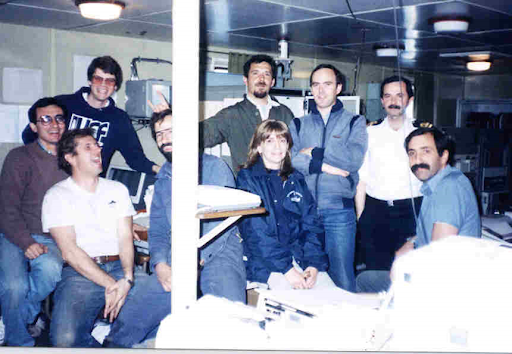
In addition to establishing the SAMOC Initiative, Silvia was also a part of the group of women who started the MPOWIR (Mentoring Physical Oceanography Women to Increase Retention) program. MPOWIR is a community-based program created to increase the retention of women in science. Although the number of women pursuing graduate degrees in physical oceanography and other sciences has increased over the years, the number of women in leadership or principal investigator roles has not. This inspired Silvia to participate in the creation of MPOWIR, which she is passionate about to this day.
“As a woman, it is possible to have it all, a family, children, a successful career, leadership opportunities, etc., but it does not come without perseverance and hard work. It is also important to have a supportive partner who you can count on. I was lucky to have just that, in my husband of 47 years who fully supported my career. With him we raised a wonderful woman who is now a very successful professional. Thanks to her I am now an extremely happy grandmother. ” said Dr. Garzoli.
Silvia encountered obstacles when she began as director of the Physical Oceanography Division. The field had been historically male dominated, and some people disliked the idea of a woman leader. At least one scientist told her he would leave AOML because “he was not taking directions from a woman.”
A year after Silvia took on this leadership role, Dr. Kristina Katsaros became the new director of AOML and Judith Gray became her deputy director. At this time, three women in leadership positions at the same laboratory was a rarity.
“We were an anomaly in the country. We supported one another and were able to accomplish great things because of this support,“ said Silvia.
By the end of her time as Division Director, Silvia was able to achieve her goal: continue the legacy of AOML’s Physical Oceanography Division as well established and respected in the international scientific community, and expand the Global Ocean Observing System to include the South Atlantic.
The biggest take away from our chat with Dr. Garzoli was to never give up. When asked what advice she would give to female early career scientists just starting out or any young women interested in science?
Silvia said, “Do not give up. Continue fighting to improve the conditions that allow women to pursue successful careers and at the same time have a family (i.e., maternity leave, stop the clock for tenured positions) and always support each other.”
